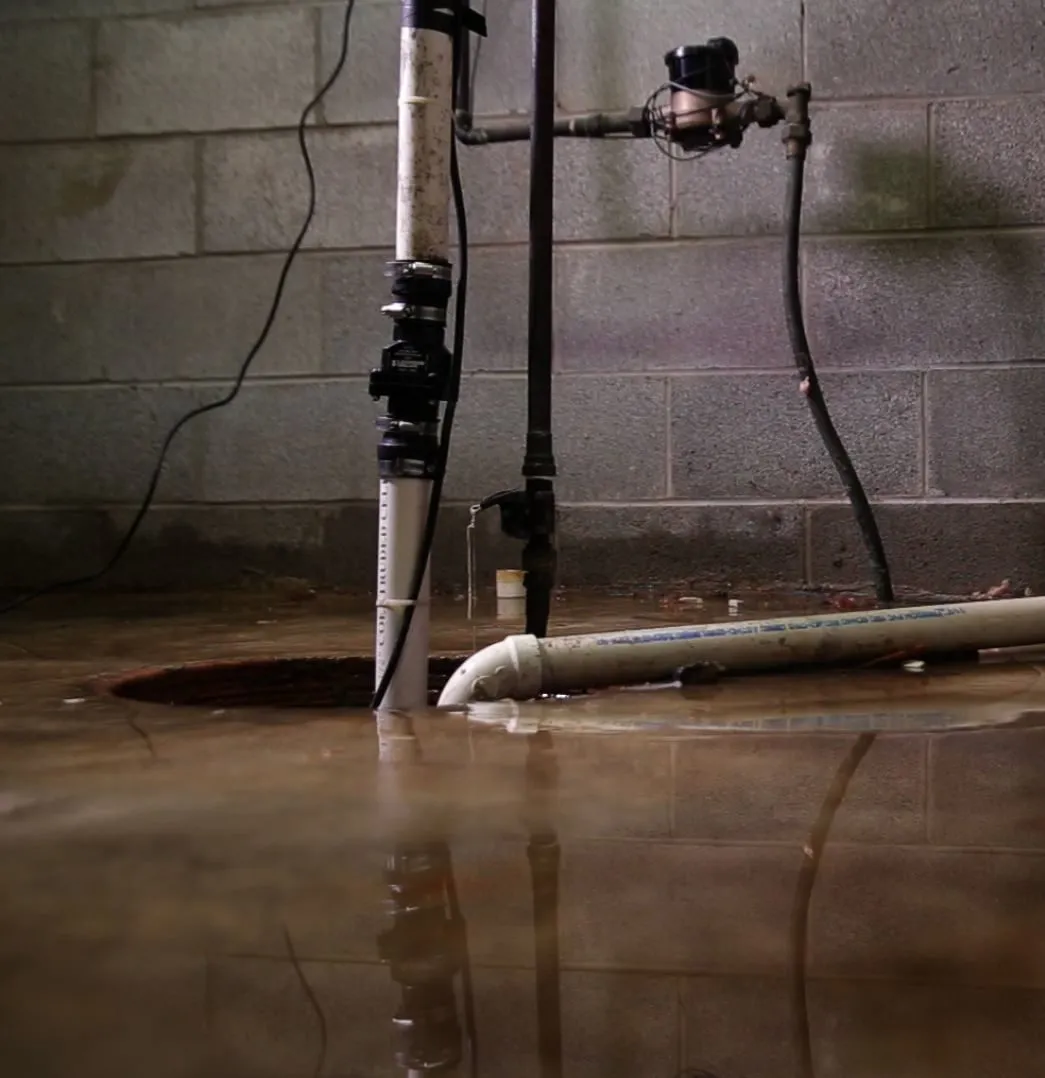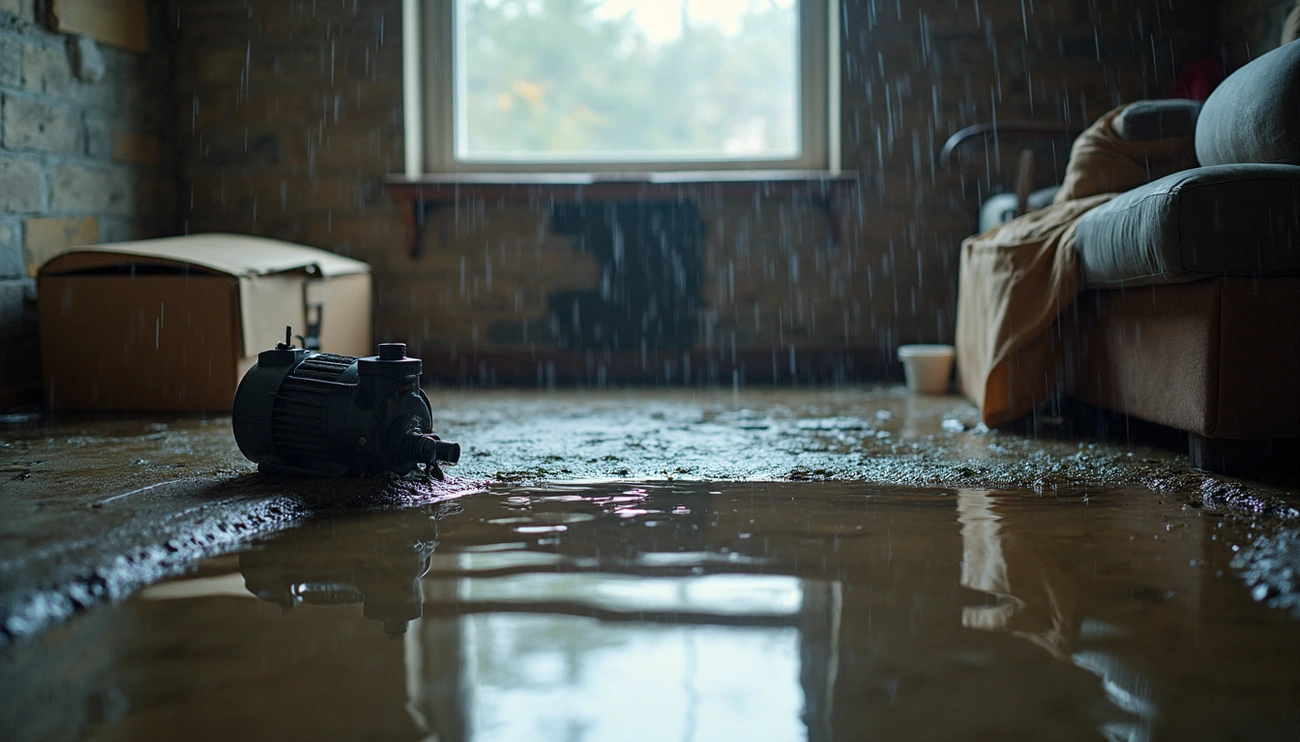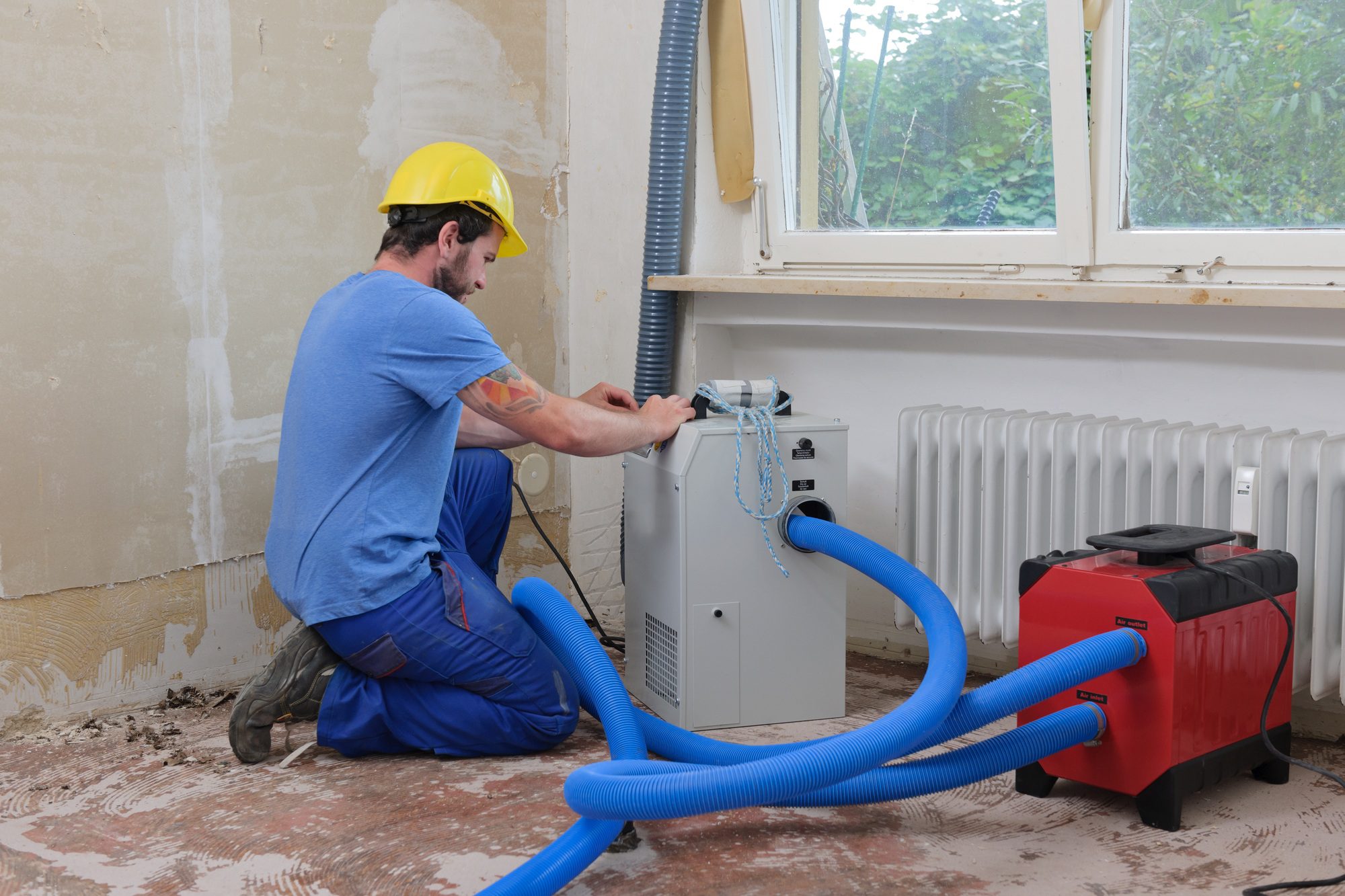Ultimate Sump Pumps for Preventing Water Damage in Your Home
Are you tired of dealing with water damage in your home? Statistics show that about 1 in 5 homeowners experience flooding in their basements. In this guide on “Ultimate Sump Pumps for Preventing Water Damage in Your Home,” I will cover the importance of sump pumps, key features to look for, and top brands that provide reliable solutions. By understanding these aspects, you can effectively protect your property from moisture issues, reduce the risk of mold, and minimize restoration costs. Let’s address how proper sump pump installation and maintenance will keep your crawl space dry and your home safe.
Key Takeaways
Sump pumps are essential for preventing basement flooding and protecting property from water damage
Regular maintenance and testing of sump pumps are crucial for optimal performance and reliability
Choosing a sump pump with adequate motor power and discharge capacity helps manage flooding risks
Smart technology in sump pumps allows for proactive monitoring and alerts to prevent water damage
Eco-friendly sump pump options contribute to sustainability while effectively managing water issues in homes
Understanding the Importance of Sump Pumps in Preventing Water Damage
Sump pumps play a crucial role in protecting homes from water damage by removing excess water that can lead to flooding. Common causes of basement flooding, such as heavy rainfall or groundwater seepage, can create hazards like contamination and structural cost issues. In the upcoming sections, I will explain how sump pumps function, the reasons behind basement flooding, and their effectiveness in preventing substantial damage to your property.
How Sump Pumps Function to Protect Your Home
Sump pumps are designed to remove excess water that collects in your basement or crawl space, effectively safeguarding your home from flooding. When rain falls heavily or groundwater levels rise, these pumps activate automatically to prevent water from rising to the floor level. By swiftly transferring water outside, sump pumps help mitigate the risk of significant damage restoration efforts that may arise from a flooded space.
Having a reliable sump pump reduces the need for frequent intervention from water restoration companies, especially during storms or in areas prone to heavy rainfall. It’s important for homeowners to consider the factors specific to their zip code, such as local weather patterns, when selecting the right sump pump model. This proactive step not only protects personal belongings but enhances overall peace of mind regarding home maintenance and longevity:
Understanding potential flooding risks in your area.
Choosing a sump pump based on your home’s specific needs.
- Regularly maintaining your sump pump for optimal performance.
Common Causes of Basement Flooding and Their Impact
Basement flooding can occur due to various factors, including heavy rainfall, rapid snowmelt, or improper drainage systems. When soil becomes saturated, excess water can seep into basements, leading to serious issues such as mold growth and structural damage. If flooding does happen, working with a water mitigation company is essential; they can assist in basement clean up and ensure proper basement water damage repair to restore safety and functionality.
Another common cause of basement flooding is a failed circuit breaker, which can lead to the sump pump not activating when needed. This malfunctions can turn a small water issue into a major problem quickly. It’s vital for homeowners to regularly inspect their sump pumps, especially during storm season, to prevent extensive damage and costly repairs down the line:
Identify local weather patterns that may increase flooding risks.
Regularly test your sump pump and check the circuit breaker.
- Work with professionals for effective basement water damage repair.
The Role of Sump Pumps in Water Damage Prevention
The role of sump pumps in water damage prevention is critical for protecting your property. I have seen firsthand how these devices actively remove excess water, preventing basement flooding and its associated costs. Regular maintenance of your sump pump and its components, including the valve, ensures that it operates effectively when storms hit, reducing the need for comprehensive flooding repair.
In my experience, relying on a sump pump not only safeguards personal belongings but also prevents more severe issues, like mold and structural damage, that may arise after flooding occurs. It’s essential to stay vigilant about potential risks, including unexpected events like a gas leak that may affect utility services. By having a reliable sump pump in place, I can enjoy peace of mind knowing that my home is more resilient to water damage.
Key Features to Look for in Effective Sump Pumps
When selecting a sump pump, homeowners should focus on several key features to ensure effective water damage prevention. First, motor power and performance ratings indicate how robust the pump is for managing high water table situations. Additionally, understanding discharge capacity informs you about how much water the pump can handle efficiently, reducing the risk of basement flood clean up. Durability is essential, as construction materials can enhance the lifespan of the unit, while backup power options offer reliability during outages, preventing mildew development and further issues.
Motor Power and Performance Ratings
When selecting a sump pump, one of the most critical aspects to consider is motor power and performance ratings. The motor’s strength determines how effectively the pump can handle significant water influx, especially during heavy rainfall or flooding situations. A higher horsepower motor allows the pump to move more water quickly, which is essential in preventing flood damage and maintaining a dry environment in your basement.
Performance ratings often reflect a pump’s capability in terms of gallons per hour (GPH) it can discharge. I recommend looking for models that can efficiently manage not just excess rainwater but also any water that might accumulate from sink overflows or sewage backups. Having the right sump pump with sufficient power means you can effectively tackle water-related issues without constantly relying on a mop or other drying solutions, ensuring your home remains safe from costly repairs and mold growth.
Feature
Description
| Motor Power |
| Indicates how robust the pump is for handling high water levels. |
| Performance Ratings |
| Measured in gallons per hour (GPH), showing how much water the pump can discharge efficiently. |
| Durability |
| Quality materials that prolong the lifespan of the pump, ensuring consistent performance. |
| Backup Power Options |
| Provides reliability during power outages, reducing risks associated with flooding. |
Discharge Capacity: How Much Water Can They Handle?
Understanding a sump pump’s discharge capacity is essential for effective water removal during emergencies. The ability of a sump pump to manage a specific amount of water per hour directly impacts its performance during critical situations, like a heavy flood or a power outage. When I chose my sump pump, I prioritized models that could handle high discharge rates, ensuring that even in severe weather conditions, I could protect my home from significant water damage.
When selecting a sump pump, consider the maximum gallons per hour (GPH) it can remove, especially if your home has a basement that could be prone to flooding. I’ve seen firsthand how a sump pump with sufficient discharge capacity can efficiently manage rising water levels and prevent extensive damage to wooden structures. By investing in a reliable sump pump, you can reduce the likelihood of calling for emergency service when unexpected water accumulation occurs, securing your home and providing peace of mind.
Backup Power Options for Reliability During Outages
When evaluating sump pumps, I prioritize backup power options to ensure reliability during outages. If a storm leads to power failure, a pump without backup can become ineffective, putting my home’s foundation at risk. I often recommend models equipped with a battery backup system or a generator to maintain drainage capabilities, allowing the pump to continue operating even without electricity.
Having a reliable backup power option gives me the assurance that my sump pump will function in critical situations. During heavy rainfall, I know that my investment in a sump pump with a robust backup system will effectively remove water, preventing accumulation in my attic or basement. This not only protects my property from flooding but also helps mitigate moisture-related issues, ensuring I avoid costly repairs caused by water damage.
Conclusion
Investing in an effective sump pump is crucial for safeguarding your home against potential water damage. Understanding how these pumps function and selecting the right model based on local conditions can significantly reduce the risks of basement flooding. Regular maintenance and awareness of warning signs further enhance their capability to protect your property. By prioritizing sump pump requirements, you ensure a resilient defense against water-related issues, ultimately preserving the integrity and value of your home.







